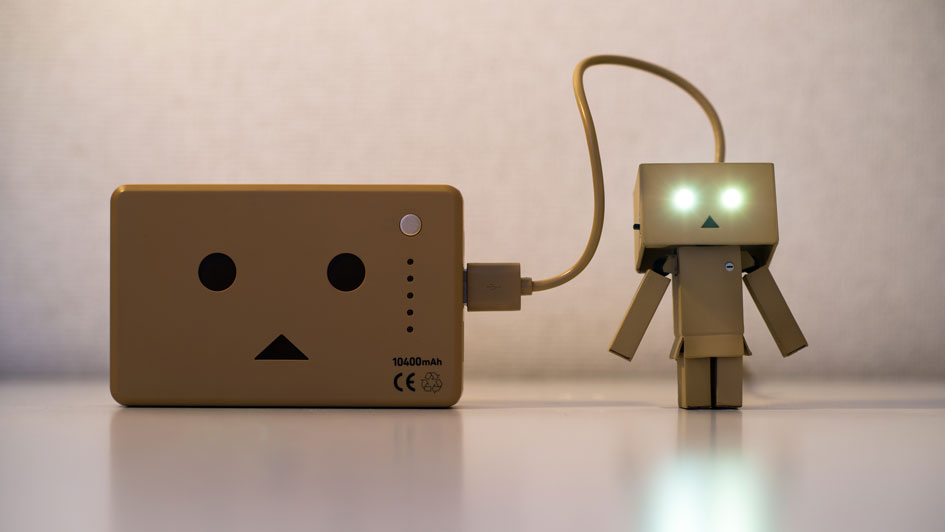
Especially at this time of year, there are a lot of articles out there predicting the future of branding, the future of marketing, the future of whatever, and I apologize for being so crass as to add this one to the fray. Apologies out of the way, let’s get into it, and let me explain why I believe my prediction to be accurate.
First of all, let’s get the common perception of “brand” and “UX” out of the way. We all know that the tools to communicate the essence of a brand (logos, typefaces, colors, etc.) are just that — tools. The reality, as famously put by Marty Neumeier is, “The brand isn’t what you say it is, it’s what they say it is.” The proverbial “they” being customers and users. The manifestation of your brand is marked by the experience people have when they interact with it at any level, from the point of sale to using the product.
Similarly, the tools of UX — wireframes, user flows, persona studies, etc.—are just the means to define and plan the experience of interacting with a site, application, or other software. As our landscape is shifting, people’s primary interaction with brands is happening via digital channels and, consequently, the tools of user experience will begin to find their place on the workbench of core branding utilities.
SEE ALSO: Wearable Tech: The Ultimate Lifestyle Product?
Now, why is this important? Because shifting our perception of branding from logos to experiences is fundamental to understanding how users interact with your brand today. In an increasingly competitive business environment, the stakes are higher than ever and, to stand apart, not only does the product need to be great and well presented, but the entire experience of interacting with the brand needs to be satisfying.
We’ve all seen user experience impact a brand, for better and worse. Everyone comes back overjoyed from a vacation at Disneyland — because Disneyland’s user experience is considered and refined, down to the very last detail. Conversely, people dread the DMV because the user experience is horrific. It’s no coincidence that Disney is ranked in the top twenty on Forbes’ World’s Most Valuable Brands list and the DMV brand is, well, not so great. The DMV gets away with it because American motorists don’t have a choice but to deal with them. However, for most companies in the private sector, if your experience isn’t providing value, users will go somewhere else. That’s the bottom line.
Industries are being disrupted left and right by companies emerging with a UX focus. Uber in transportation, Airbnb in hospitality, the list goes on. Cable television is on the chopping block, not only because of subscription costs, but because let’s get real, Netflix, Hulu and Amazon Prime are offering their subscribers a better experience. The internet has been the great equalizer of our generation, access to information has fed the desire for authenticity and value, and a new generation of entrepreneurs raised on digital are coming to the game with a user-first mindset—and they are winning.
SEE ALSO: Entering the Participation Age of Branding
A similar upheaval is occurring in advertising. Even as digital is settling into its seat at the grown-ups’ table, the line between advertising and product is dissolving. Nike has been at the forefront of blending advertising, products and digital with the Fuelband and Nike+, and other brands are working overtime to catch up. This requires a shift in thinking by agencies, from assuming that users are willing to digest whatever messaging is put in front of them, to finding ways of offering valuable experiences that serve the needs of users as well as the brand.
Moreover, as digital moves beyond screens, the roles of UX professionals are becoming more broad than ever. The buzz out of CES was dominated by wearables and, even though that term has already become tiresome and initial product offerings are a little goofy, technology is expanding into new arenas, which will require considered, thoughtful, user-centered design. The days of engineers jamming an overwhelming number of bells and whistles into a product are fading away. In order for new technologies to be adopted by a mass audience, design and engineering must be married into something accessible, friendly and useful.
It has to be smart, beautiful and work perfectly. The blend of strategy, design and development, applied to all facets of a brand’s offerings. UX is the thread that unites these disciplines and is the keystone of a brand’s essence. That is why user experience is the future of branding.
Photo: Recharging Danbo Power by Takashi Hososhima